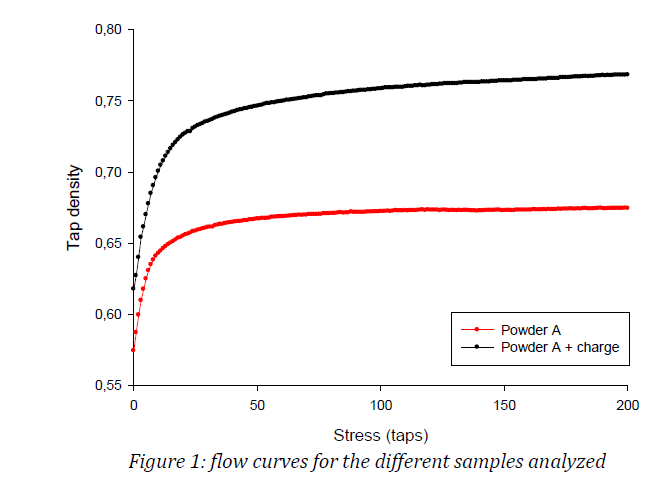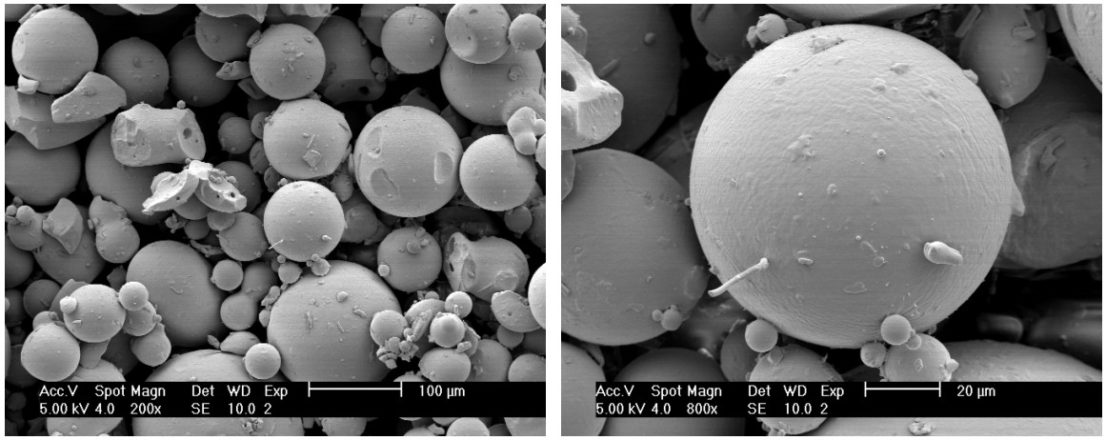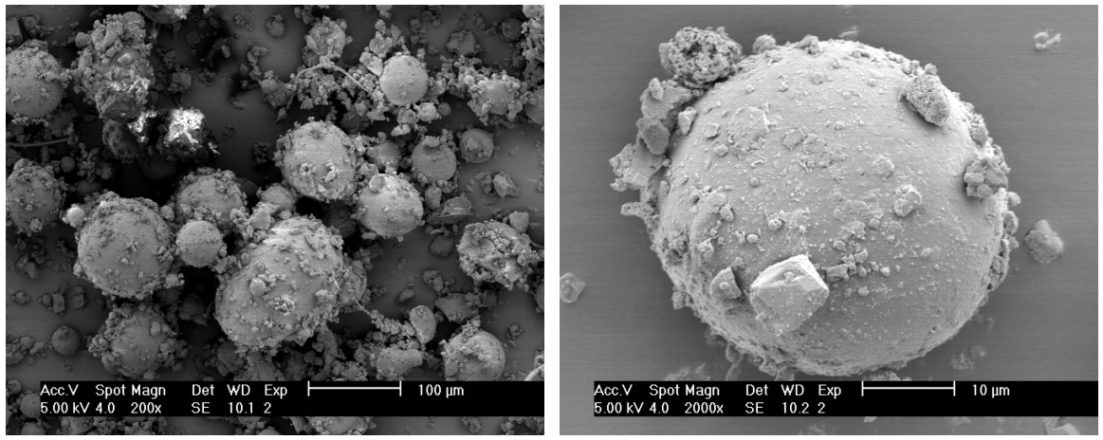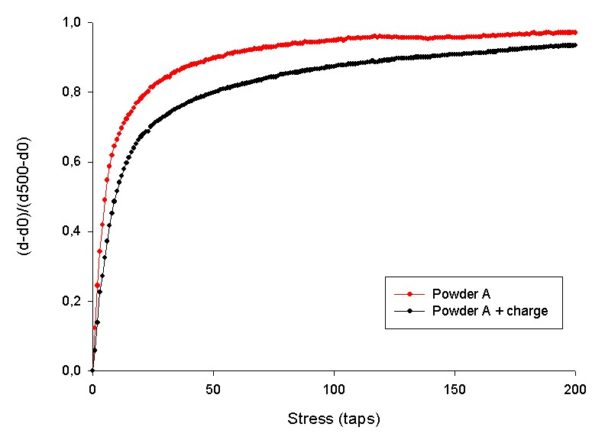Food
Effect of additive on flour flowability using Granupack
In this study, the effect of the addition of small particles to a flour has been studied. The physical behavior of the powder before and after the addition of the charge has been analyzed by using the GranuPack instrument.
Principle
In this study, the effect of the addition of small particles to a flour has been studied.The physical behavior of the powder before and after the addition of the charge has been analyzed by using the GranuPack instrument.
LEARN MORE ABOUT THE GRANUPACK
Sample Analysis
Figure 1 shows the evolution of the density as a function of the tap number for the two samples.

Figure 1: flow curves for the different samples analyzed
| Samples | d0 | d500 | dinfinite | Tau | n1/2 | Hausner Ratio |
| POWDER A | 0.574 | 0.677 | 0.7 | 4.2 | 5.2 | 1.18 |
| POWDER A + FILLER | 0.618 | 0.779 | 0.818 | 10.1 | 9.5 | 1.26 |
Table 1 : specific curve parameters for each powder
Figure 1 clearly shows that the addition of small particles strongly modifies the behavior of the powder. These two powders can be distinguished by using the GranuPack instrument.
Indeed, the powder without small particles is characterized by the lowest density variation during the measurment. Moreover, this behavior is confirmed in table 1 which gives the parameters extracted from the curves (density values, flowability index and n1/2) for each powder. By considering the flowability index and n1/2, we can conclude that the powder without small particules is characterized by the best flowability. By considering ESEM analysis (see figures 2 and 3), we are able to demonstrate that the particles of the powder without the charge show a very low surface rugosity by comparison to the powder with the charge. Indeed, the small particles are adsorbed on the spherical larger particles (see figure 3).
LEARN MORE ABOUT THE GRANUPACK
Thus, the surface of the particles with and without the charge is very different. The difference of flowability of the two powders can be related this difference of surface rugosity.

Figure 2: electron micrographs of powder A without filler

Figure 3: electron micrographs of powder A with filler
In order to analyze the compaction dynamics in more details, the curves have been rescaled.
Figure 4 and 5 respectively show the evolution of the Hausner ratio value (d/d0) and the compaction kinetic versus the stress (taps) applied to the powders. The difference observed regarding the initial density for powder without (Powder A) and with fillers (Powder A + Filler) can be explained by the width of the particle size distribution. The small particles brought by the filler can take place in the voids present between the biggest particles increasing by this way the initial density (see table 1 and figure 1).
Subsequently, under the applied stress (taps) and by the voids, small particles can move through the pile given higher Hausner ratios (figure 4) than the sample without filler.
LEARN MORE ABOUT THE GRANUPACK
It is also interesting to note that the first taps seem to be the most important ones in the organization and the mechanism of compaction: the compaction kinetic being very fast at the beginning of the measurement. A plateau of relative density is rapidly reached (figure 4 and 5). In our example, it seems that the sample without filler is more sensitive to the first taps than the sample with fillers.
So, less taps are required to reach the plateau of maximum density for the powder without the filler. This behavior is due to the absence of small particles which can percolate through the pile of coarse particles.

Figure 4 : Hausner ratio curves for sample with and without filler

Figure 5 : kinetic of compaction curves for sample with and without filler
